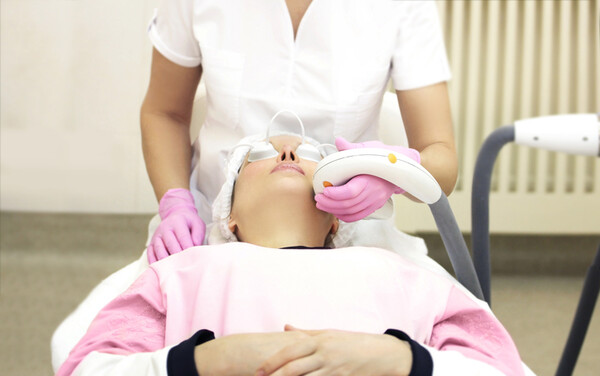Competition among Korean dermatology clinics is intensifying, despite earlier expectations of oversaturation in the dermatology and cosmetic medicine fields.

A significant change has been observed in mole removal services, with prices significantly reduced. Clinics now offer inexpensive mole removal as an entry point and then upsell patients on additional treatments like fillers or botulinum toxin (BTX), often bundling them into package deals.
Package treatments are also gaining popularity. In addition to discounts for multiple treatments, some clinics have introduced a membership model or fixed fees for personalized treatments, a concept referred to as "skin omakase," borrowed from Japanese cuisine to suggest a chef's choice menu.
For instance, one clinic allows patients to pay a fixed price, such as 1-2 million won ($768-$1,536), in exchange for a voucher covering various dermatological treatments, including basic mole removal, fillers, BTX, and laser treatments, all within the specified price range.
"This package system is becoming more common in dermatology clinics," said a dermatologist who runs a clinic in Dongtan, Gyeonggi Province. "For example, patients can purchase 10 BTX treatments as a package."
These packages are not rigid and can be adjusted based on the patient's preferences or after consultation with the doctor, providing flexibility to meet individual needs, he said.
Another dermatologist who operates a clinic in Seoul stressed that such fierce competition is due in part to general practitioners or specialists from other fields entering the skin treatment market.
"The increase in non-specialist clinics is significantly impacting the competitive landscape," he said. "With the difficulty of managing a clinic on only services covered by medical insurances, many are adding dermatology and cosmetic treatments to their treatment portfolio."
The dermatologist stressed that he had even once heard a rumor that an ophthalmologist was secretly receiving training from dermatology colleagues after his clinic hours to add skin care at his ophthalmology clinic.
The number of general practitioners entering popular fields like dermatology and plastic surgery has seen a significant surge in recent years.
Data from the Ministry of Health and Welfare submitted to Rep. Lee Jong-seong of the ruling People Power Party reveals a doubling or even tripling of the number of general practitioners in dermatology and plastic surgery over the past six years.
The data showed that the number of general practitioners in plastic surgery increased by 190 percent from 30 in 2017 to 87 in September of this year, and in dermatology, the number rose from 28 to 73, a 160.7 percent increase.
"The dermatology and cosmetic fields are already commercialized, and as more doctors enter the field, the demand will only grow," the dermatologist who operates a clinic in Seoul said. "Since non-insured treatments allow doctors to create their own demand, this area does not follow the usual supply and demand laws."
Therefore, as more dermatology and cosmetic doctors enter the market, the sector is expected to grow rather than become oversaturated, he added.
The doctor further stressed that the government's plan to increase the number of doctors will likely backfire as it will only intensify competition in popular specialties like plastic surgery and dermatology rather than resolve primary care shortages.

